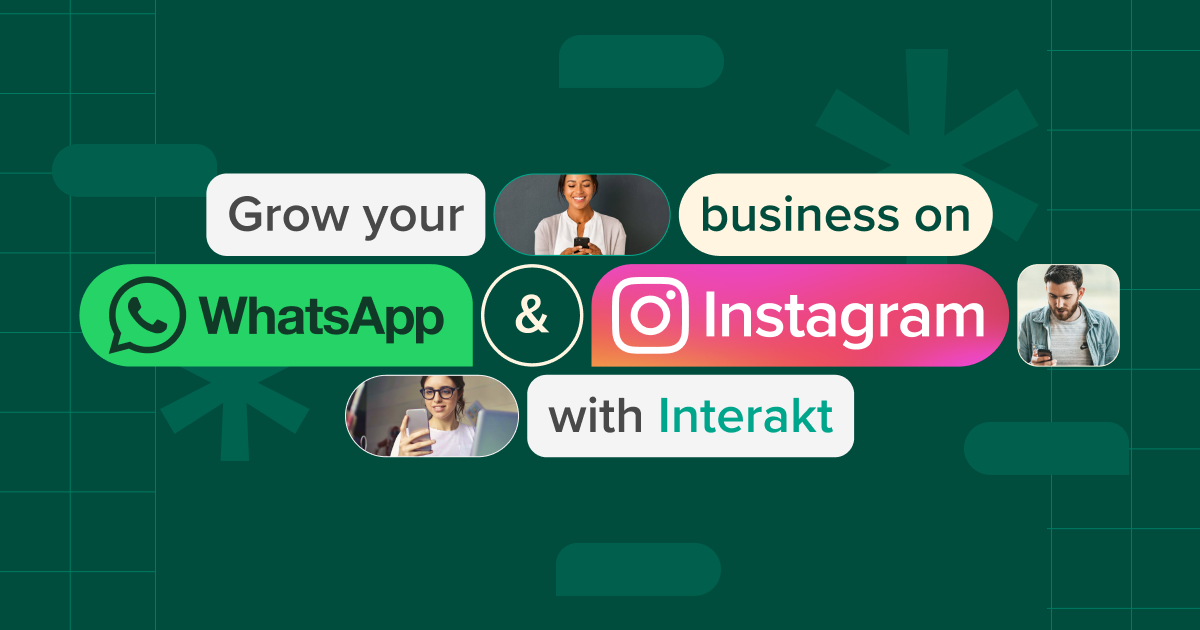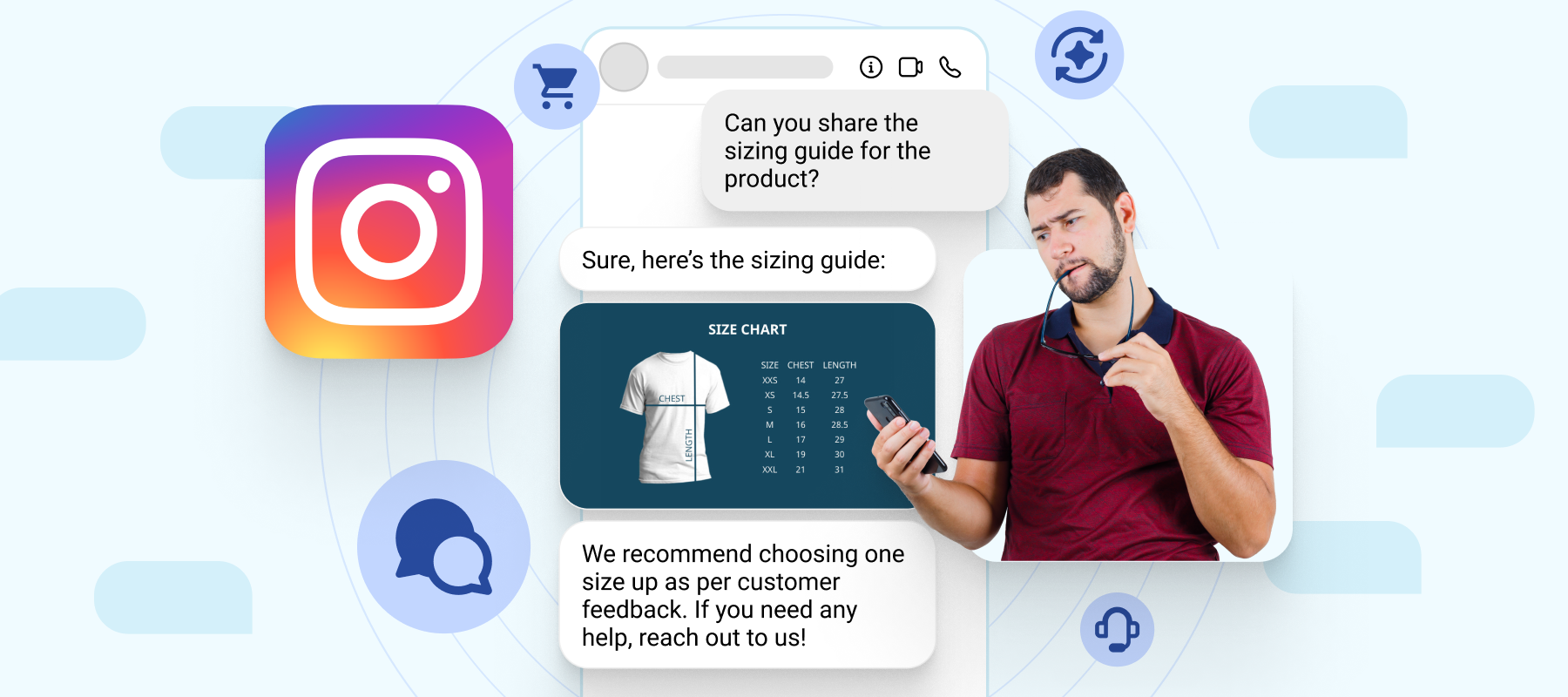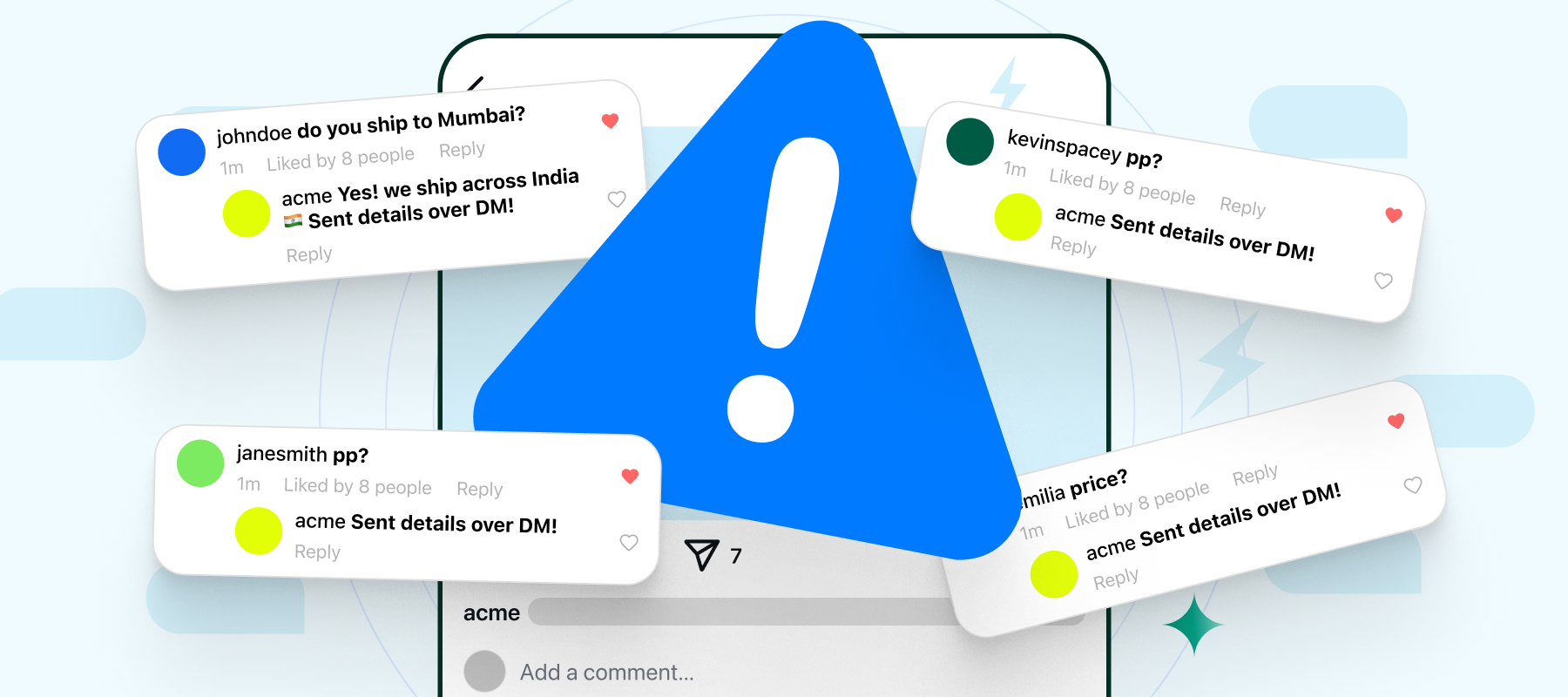Instagram has quickly evolved from a simple photo-sharing app to a full-scale marketplace. And if you’re an e-commerce brand, chances are you’re already trying to tap into it.
But why Instagram, specifically?
With over 2 billion monthly active users and an average daily time spent of 30+ minutes, it offers a rare mix of reach and attention.
However, standing out on Instagram isn’t as easy as posting great content. Every brand wants to shine, but only a few manage to scale effectively. Why?
Because the ones that succeed don’t rely solely on manual effort, they maximize Instagram’s full potential by automating time-consuming tasks. Automation saves time and resources, allowing brands to scale customer interactions and sales.
In this post, we’ll see how automating Instagram automation can help eCommerce brands boost sales while saving time and cutting manual effort.
Why Automation is Essential for E-commerce
Here’s why automation is essential for your eCommerce brand:
1. Handling high volumes of customer inquiries
As your e-commerce store attracts more customers, volumes of inquiries can quickly become overwhelming. From product questions to delivery timelines and return policies, the messages pile up fast. Relying solely on manual responses slows down your support and frustrates potential buyers.
Automation solves this by instantly handling common queries through chatbots or auto-replies, making customer support available 24/7. This keeps response times short, improves customer satisfaction, and lets your team focus on the more complex issues that need a human touch.
2. Providing instant product recommendations
Customers often want quick answers about what to buy, especially when browsing a wide range of products. Manually suggesting items to each potential buyer is slow, inconsistent, and simply not scalable.
Automation solves this by instantly recommending relevant products the moment a user interacts, whether through DMs, comments, or story replies. This quick response keeps the customer engaged and speeds up their buying decision, leading to higher chances of conversion without adding pressure on your team.
3. Streamlining order confirmations and updates
Once an order is placed, customers want to know what’s happening immediately. But manually sending order confirmations, shipping notifications, and delivery updates for each purchase can be tedious and error-prone, especially when order volumes rise.
Automation takes over this entire flow, sending timely and accurate updates at every stage of the order journey. It builds trust, reduces “where’s my order?” messages, and ensures your operations run smoothly during peak times.
Setting Up Instagram Automation for Sales
Here’s how you can set up Instagram automation for sales:
1. Using chatbots for product queries
Start by integrating an AI-powered chatbot with your Instagram account using platforms like Interakt. These bots can instantly respond to product-related questions, guiding users to the right product pages or collections based on keywords or quick-reply buttons.
You can also build a bank of FAQ-based automated responses that handle common queries, such as shipping timelines, stock availability, or return policies. This setup speeds up product discovery and keeps potential buyers engaged without making them wait for a manual response.
2. Automating order confirmations & tracking
Connect your e-commerce backend (like Shopify or WooCommerce) to Instagram messaging via an automation tool. This allows you to automatically send order confirmation messages the moment a transaction is completed.
You can also configure the system to send real-time tracking updates, or respond automatically when a customer asks, “Where’s my order?” This reduces the load on your support team while giving customers the transparency they expect after a purchase.
3. Cart abandonment reminders via Instagram DM
Set up automated DMs to recover abandoned carts and return potential buyers to the sales funnel.
Here’s how you can re-engage them directly through Instagram:
-Automatically send a DM to users who clicked on a product link through your Stories, bio, or Instagram Shop but didn’t complete the purchase.
-Use Instagram’s “Conversation Starters” to follow up with users who initiated a chat but left without finishing the buying journey.
-Set timed follow-up messages (e.g., after 1 hour or 24 hours) to gently remind users of what they left behind.
-Re-target users who interacted with a product-related Story by following up with a DM showing the exact item they engaged with.
-Combine product stickers in Stories with automated DMs for users who tapped but didn’t proceed, keeping the product fresh in their mind.
-Use message buttons or quick replies within your reminders to give users an easy path to their cart or product page.
To increase recovery rates, include personalized discount codes in your follow-up messages. Mention the product they viewed, address them by name if possible, and offer a time-sensitive deal like 10% off or free shipping. This creates urgency while making the interaction feel more tailored, increasing the chances of turning interest into a completed sale.
Best Practices for E-commerce Automation on Instagram
Here are some best practices for eCommerce automation on Instagram:
1. Keeping automation human-like and conversational
Use casual, clear language and maintain a friendly tone. Instead of saying, “Request received,” try “Thanks for reaching out, we’re on it!.”
Add short delays between replies to mimic human typing, and avoid overly formal or generic phrases. A more human approach keeps users engaged and increases the chance they’ll complete the interaction.
2. Match chatbot tone with your brand voice
Your chatbot should sound like your brand at every touchpoint. Whether it’s greeting a new visitor or confirming an order, the language should feel familiar and consistent with how you communicate elsewhere.
For example, instead of a generic “Order confirmed,” a brand with a warm, approachable tone might say, “You’re all set! Your order’s on its way.” Keeping the tone aligned builds trust and creates a seamless customer experience.
3. Analyze interactions to improve performance
Automation should evolve based on how users interact with it. Regularly check conversation flows to spot weak points like repeated drop-offs or unanswered queries.
If users keep asking about delivery timelines but don’t follow through, tweak the response or include a direct link to your shipping info. Use analytics tools to monitor engagement and adjust based on real data to improve outcomes over time.
Conclusion
Automating Instagram is more than just a time-saver; it’s a smart move for scaling your e-commerce brand.
From handling product queries to sending real-time updates and recovering abandoned carts, the right automation setup can directly impact your sales and customer experience.
That’s why choosing the right tool matters. Interakt gives you everything you need to automate your Instagram effortlessly and effectively.
Get started with Interakt today!
FAQs
Can automation help in increasing e-commerce conversions?
Yes, automation improves response time, delivers instant product info, and re-engages potential buyers, leading to faster decisions and fewer missed opportunities, which helps increase e-commerce conversions.
Is Instagram automation safe for e-commerce brands?
Yes, when done using trusted tools like Interakt that follow Instagram’s policies. It’s safe, compliant, and designed to improve customer experience without risking your account or brand reputation.







